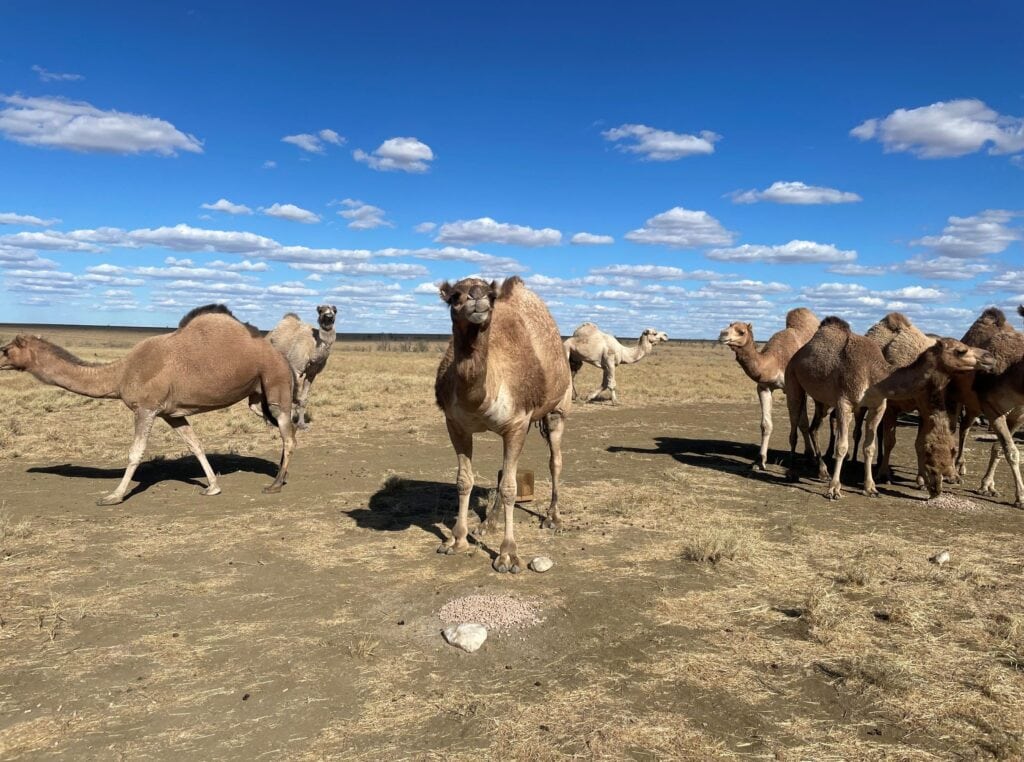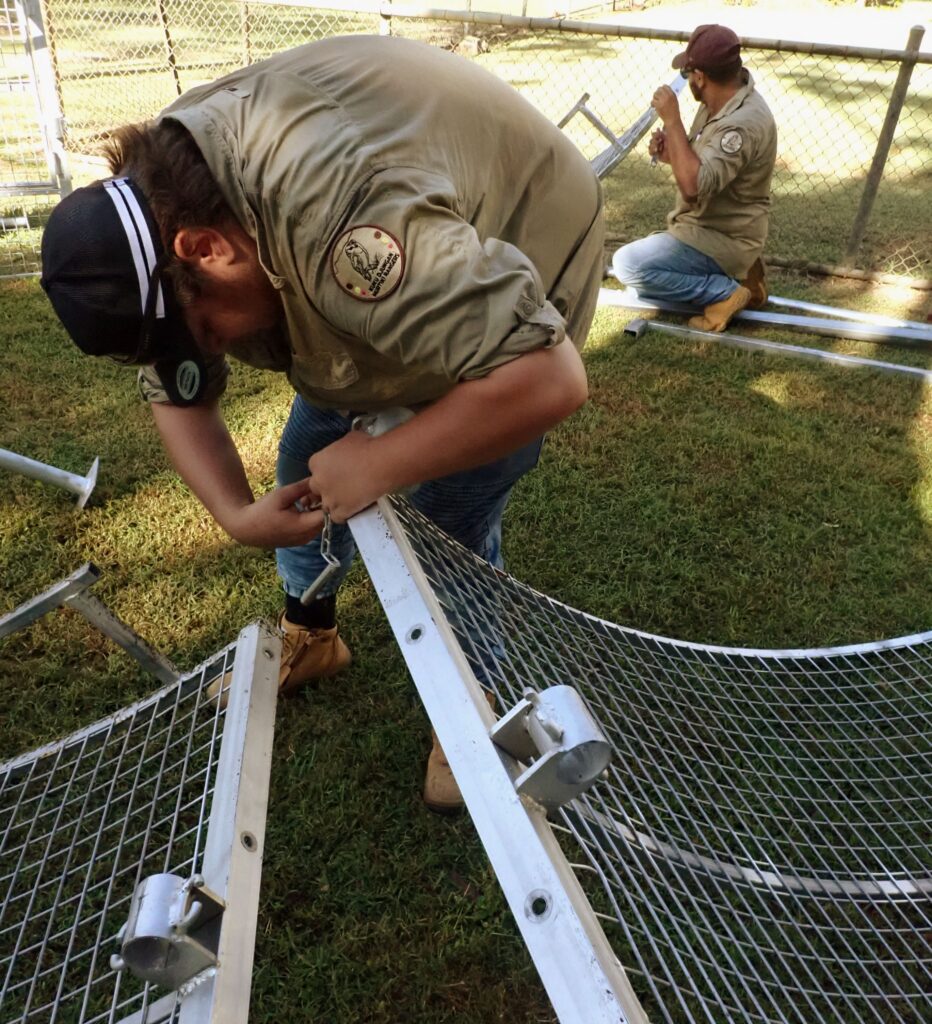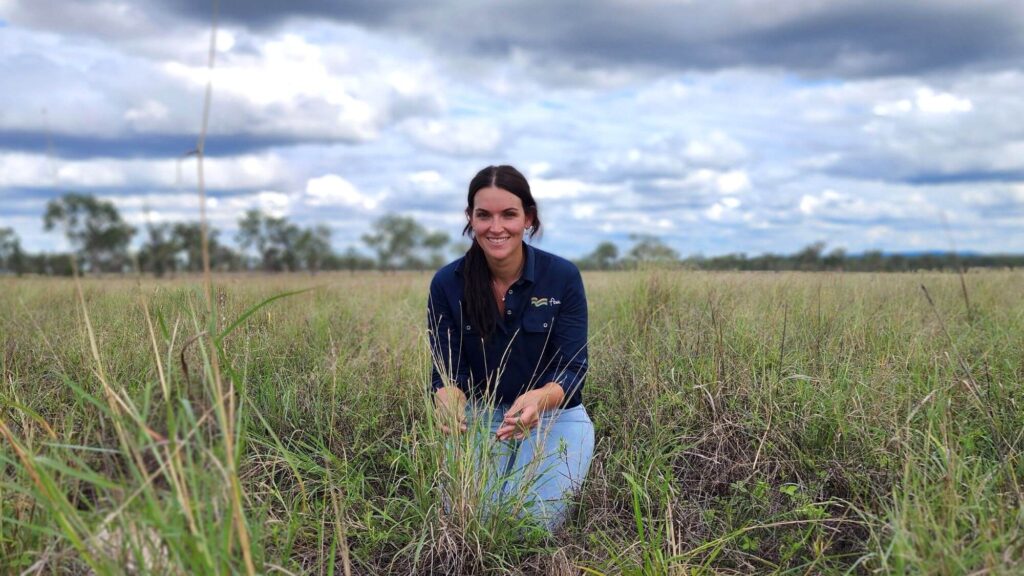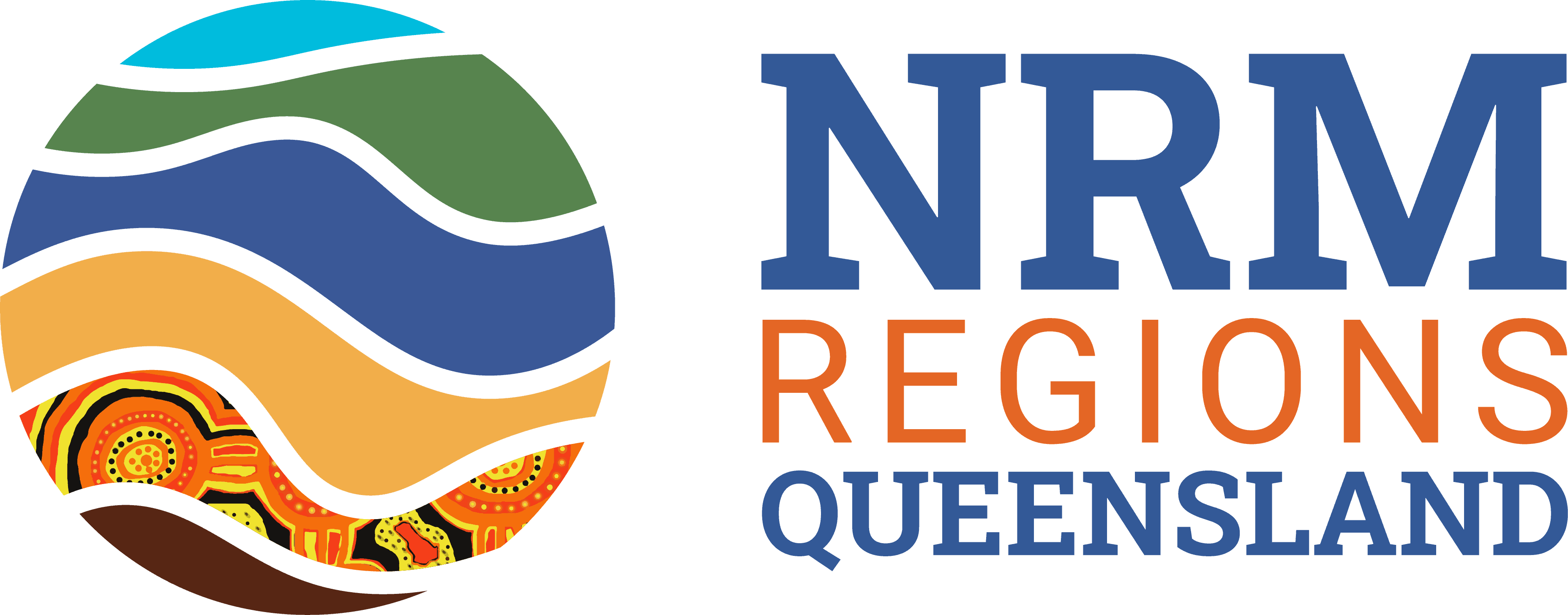Invasive species cost Queensland more than $20 billion each year and pose a major threat to agriculture and our most vulnerable native species.
Now, Queensland’s regional NRM organisations are building on years of experience with new and innovative techniques to tackle these environmental threats. From deep-learning algorithms to remotely-triggered feral pig traps, these projects are changing the way invasive pests and weeds are managed across the state.
Camels ‘chow down’ prickly acacia
A three-year trial by Desert Channels Queensland has found that a small camel herd can be highly effective in controlling the spread of prickly acacia seeds. The trial took place near Hughenden in Flinders Shire.
Prickly acacia is one of Australia’s worst weeds, having spread across 21 million hectares of Outback Queensland since its introduction in the 1920s.
The trial found that camels preferred to eat prickly acacia flowers and seedpods, destroying the seeds as they digest them — effectively stopping the spread.
“Camels have joined the prickly acacia toolkit,” said DCQ Operations Manager Geoff Penton.
The trial also discovered camels show a low preference for pasture grasses, meaning they can be stocked alongside cattle. Read the full study on the DCQ website.

A DCQ trial to see if camels can stop the spread of prickly acacia seed has been successful.
Tackling feral pigs with satellite technology
Gulf Savannah NRM is working to improve habitat condition in the Eastern Forests of Far North Queensland—a refuge for threatened species including the northern bettong, yellow-bellied glider and northern greater glider. The Saving Native Species project aims to tackle environmental threats, including feral pigs, on the Mount Carbine Tableland.
Project lead Dr Edward Evans and his team recently ventured out to Mount Spurgeon National Park to trial satellite camera technology that will be used to remotely view and trigger feral pig traps.
This technology, alongside the remotely-triggered traps assembled by project partners Kuku Djungan Muluridji Rangers, will be deployed in target locations over the course of the multi-year initiative.
GSNRM also has a new feral pig coordinator—one of five new regional coordinators appointed across six Queensland regions to facilitate coordinated control programs. The other regional NRM organisations involved in the initiative are Desert Channels Queensland, Cape York NRM, NQ Dry Tropics, Terrain NRM, and Southern Gulf NRM. Find out more.

Kuku Djungan Muluridji Rangers assembling the feral pig traps.
Deep-learning algorithm used to fight tobacco bush
Terrain NRM has mapped wild tobacco bush on the southern Atherton Tablelands, using advanced satellite technology and a deep-learning algorithm.
The mapping is guiding new collaborative weed control work by Tablelands Regional Council.
Wild tobacco bush is an invasive weed that’s toxic to humans and livestock, and its prevalence is a key factor in a particularly high rate of tick paralysis this season for spectacled flying-foxes, which are endangered. Get more information on Terrain NRM’s website.
AI protecting endangered native grass
FBA is using AI to protect king blue grass—an endangered native grass endemic to central and southern Queensland.
The survival of the grass is vital to maintaining grassland ecosystems but is under threat from exotic pasture grasses and invasive weeds such as parthenium and parkinsonia.
“We are looking into a drone survey to capture king blue grass and creating the AI to be able to identify it,” said Environment Project Officer Anjelica Jones.
King blue grass seed will be collected throughout the project to reduce the risk of the species becoming extinct. Find out more.

FBA Environment Project Officer Anjelica Jones.
Genetic assessment to support Mary River cod recovery
Burnett Mary Regional Group is leading a project to conserve the critically endangered Mary River cod.
With funding from a community fishing grant, BMRG will conduct a catchment-scale genetic assessment of both stocked and wild populations. This will be used to inform evidence-based stocking activities and conservation strategies for this threatened species.
“We’re proud to lead this important project to conserve the Mary River cod – an iconic, totemic species that holds cultural and ecological significance across our region,” said BMRG’s Dave Sternberg.
BMRG is also highlighting one of Queensland’s most urgent environmental threats in a new video—the invasive fish species, Tilapia. They outcompete native fish, erode biodiversity, and undermine the impact of major environmental restoration investments. One promising sign: recent surveys have shown that the Mary River cod has made Tilapia a part of their diet.
